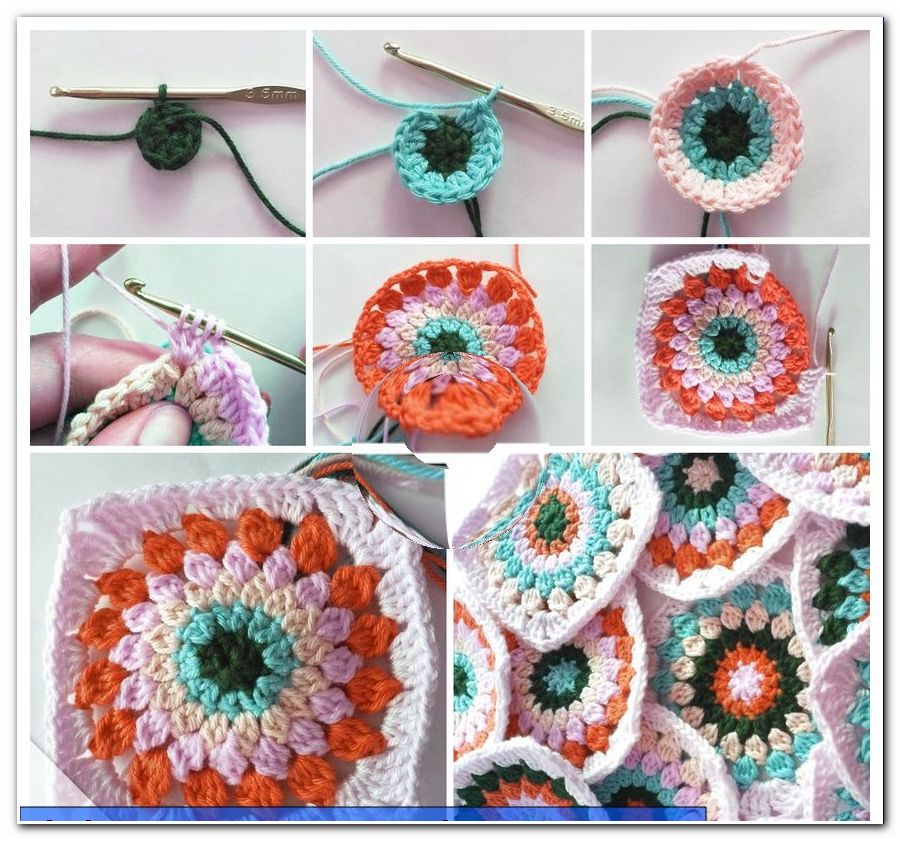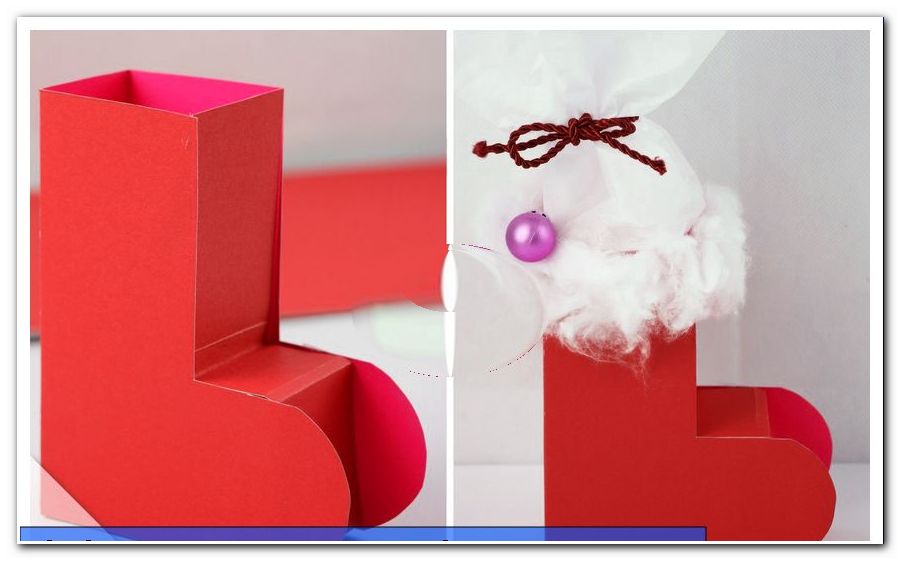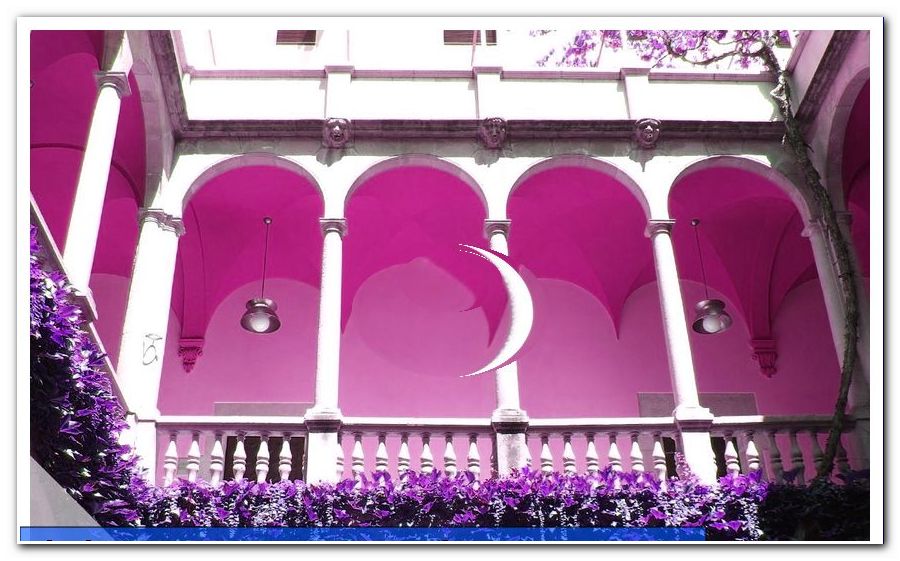Seal tiles yourself - materials and instructions
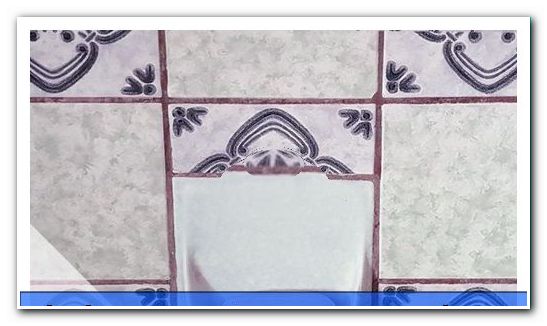
- Types of tiles
- earthenware tiles
- Stoneware tiles
- Natural stone tiles
- Glass and mirror tiles
- Quartz composite tiles
- Wear on tiles
- Problems after the polishing
- First of all, clean it properly
- Impregnate or seal "> Impregnate tiles
- Seal tiles
- Alternative: stone carpet
Tiles are among the components that are usually given the least attention. Once they are installed, the critical view is still at best the joints, but the plate itself should remain maintenance-free. Although tiles are made of a hard material, which can resist wear for a long time. However, even a tiled floor gets scratched and tired over time. Therefore, we show you how you can seal your tiles yourself.
Do not seal it tight!
One thing in advance: It is very important to deal with the matter exactly. Otherwise it threatens great danger if one decides wrongly out of ignorance. Tiles have not only visual requirements, but above all technical requirements, which vary depending on the environment. A wrong seal can range from building damage to creating a real danger point.
Types of tiles
There are five types of tiles:
earthenware tiles
Stoneware tiles are made of clay, kaolin, chalk and quartz, which are pressed into shape and fired at 1200 ° C. They are glazed again after the firing process. The underside of the tiles is called "Scherben" and is well workable. Stoneware tiles are mainly used as interior wall cladding, as they are very easy to clean. However, they are not very pressure-resistant and relatively porous. When used as a floor tile, they would break quickly and be heavily polluted. 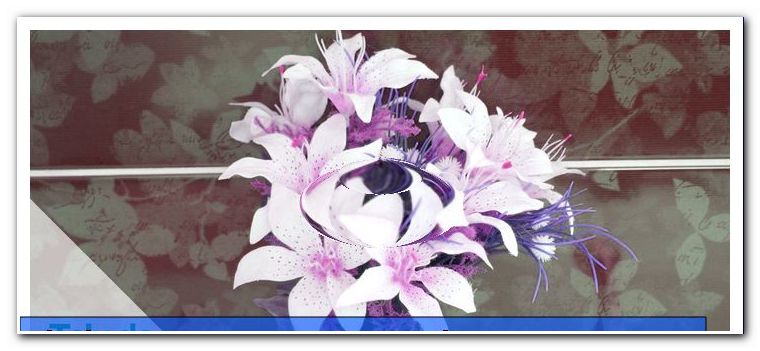
Stoneware tiles
Stoneware tiles are very different in the manufacturing process and in the application of stoneware tiles. They are additionally produced with feldspar, pressed higher and fired at a higher temperature. This makes them more resistant, so they are also suitable for outdoor use. Modern printing processes can make stoneware tiles in almost any texture. Even wood decors are available today as stoneware tiles in the trade. Stoneware tiles are mainly used for floor coverings. Porcelain stoneware tiles have even better technical properties. This applies above all to their minimal water absorption, which is only 0.1%. This porcelain stoneware tiles are particularly frost-resistant. However, they are very hard and difficult to work.
Natural stone tiles
Natural stone tiles are particularly high-quality floor and wall coverings. They consist of cut and polished natural stone. The most common natural stones for tiles are granite and marble.
Glass and mirror tiles
These tiles are made of scratch-resistant glass and are mainly used for wall coverings. With them you can achieve interesting optical effects. 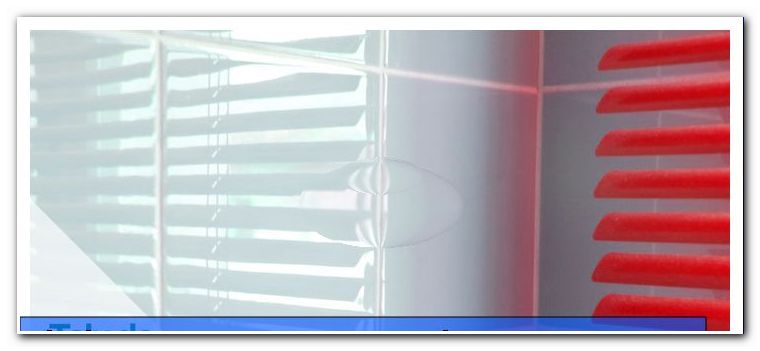
Quartz composite tiles
Tiles made of quartz composite are characterized by a particularly high hardness. This makes them extremely scratch-resistant and they therefore offer an excellent flooring.
Wear on tiles
Notable wear occurs only with floor tiles, ie with porcelain stoneware tiles, natural stone tiles or quartz composite tiles. Even the hardest tile gradually takes damage from permanent use. Every little bit of stone on the shoes leaves a scratch. These are getting deeper and more and more dirt gets stuck in them. After years of use, the tiles are dark, stained and dull. At the latest when the house is to be sold, this is unpleasant for any interested party. Now it's high time for countermeasures. But simply polishing is just not enough for tiles.
Problems after the polishing
When a fired and glazed tile is polished, its capillarity and grip change. A polish is nothing more than a very fine grinding process, which removes the uppermost layers of a hard material. Although you usually get a very nice result, but which has its pitfalls.
A highly polished tile is very smooth. However, floor tiles must always have a certain roughness, otherwise the passage on them becomes a dangerous slide. This is especially fatal if it is a tiled and polished staircase. In fact, falls in the household by far the most common accidents.
Above all, natural stone tiles and quartz composite tiles can be polished. Porcelain stoneware tiles are only very polishable. These tiles are already glazed and polished ex works. The more of their surface is removed, the duller they become. So you can make a floor with porcelain stoneware tiles worse by a hard polish. In addition, the absorbency of the tile increases more and more, which eventually worsens its weather resistance and dirt resistance. It is better to seal as a precaution. 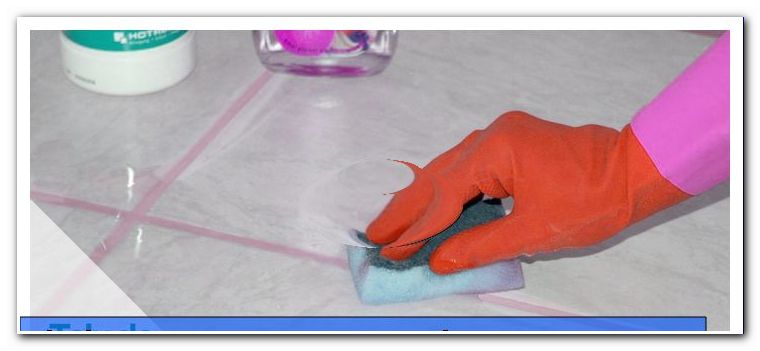
First of all, clean it properly
What may be perceived as a gray haze and matting of a tile may have another cause. The tiles are delivered from the factory with a fine but very stubborn wax layer. This can not be removed by simply brushing. On the contrary, when moistening with hot water, this layer of wax absorbs more and more of the finest particles of dirt, allowing the tiles to gradually turn gray. This wax can only be removed with a hard plastic brush or with a sharp chlorine cleaner. The trade offers to porcelain stoneware cleaner, which promises good results. A liter bottle costs about 10 euros and ensures a thorough cleaning.
For large surfaces, the use of a single-disc machine is recommended for basic cleaning. This is a special floor cleaning device that works with a large, rotating plastic brush and with a permanent application of water. The single-disc machine costs about 800 euros as a new device and as a rental device about 50 euros a day. With the use of a single-disc machine, the concentration of the cleaning agent can be reduced.
Impregnate or seal "> Impregnate tiles
Impregnations are thin and penetrate deep into even the smallest pores. They are therefore invisible after drying and cleaning. Stoneware tiles, stoneware tiles, terracotta and natural stones are usually sufficiently supplied with an impregnation. But they can also be sealed afterwards. But then, for sure, a slight color change will occur.
Seal tiles
Seals are much thicker and form a solid film that lays on the tile. Porcelain stoneware tiles are due to their low absorbency rather unsuitable for impregnation. They can only be effectively protected by a seal. Although the trade offers special porcelain stoneware impregnation, but they have not yet prevailed on the market. To make matters worse, the terms "sealing" and "impregnating" are not kept separate. Often, porcelain stoneware impregnations are offered, but either ineffective or in truth seals are. 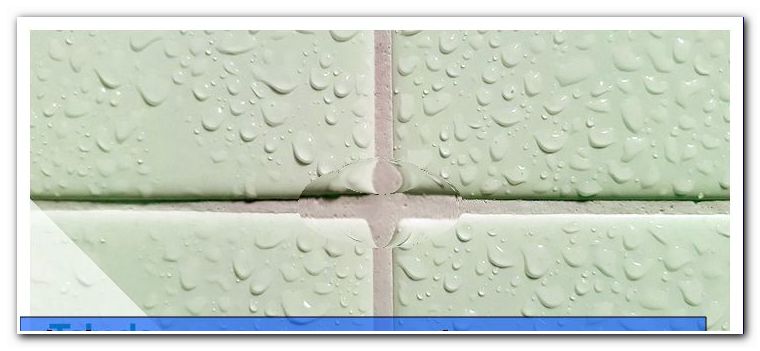
When sealing porcelain stoneware slabs, however, there is a conflict of interest: although scratched floor slabs made of porcelain stoneware can be well refreshed with a seal and brought to a high gloss. However, most sealers promote the risk of slipping . Especially when entering with bare, wet feet, a sealed porcelain stoneware tile can quickly lead to a slide. At least in the bathroom you should therefore look for a different solution than to refresh a scratched porcelain stoneware tile by a seal.
Tip: Beware, however, of advertised anti-slip agents! These are neither impregnations nor sealants but the exact opposite. A light acid application increases the roughness of a floor. Although this achieves the desired effect that the flooring is particularly slip resistant. However, you will quickly find that he also particularly fast and stubbornly dirty.
The effectiveness of sealants and impregnation is interesting: In the past, agents were used which were water-repellent. It was promised that the dirt would be easier to remove. Today, however, water-absorbing agents are used. These pull a drop of water apart so far that it dries very quickly. The advantage of this method is that it does not cause limescale.
Properly impregnate and seal
Before sealing, the surface must be thoroughly cleaned as described. Undisturbed dirt is firmly bound in by the seal. The most important thing when impregnating tiled surfaces is that they are completely dry . Any moisture reduces the effectiveness of the impregnation. For sealings, moist spots are recognizable as white spots. To be sure, the tiled surface can be retreated with an alcohol cleaner. Once it has dried, the soil is dry.
Material list for impregnation
- Tile impregnation - 17-25 euros per liter
- Tile sealing - about 60 euros per liter
- Foam roller with paint scraper - about 5 euros
- lint-free cloth
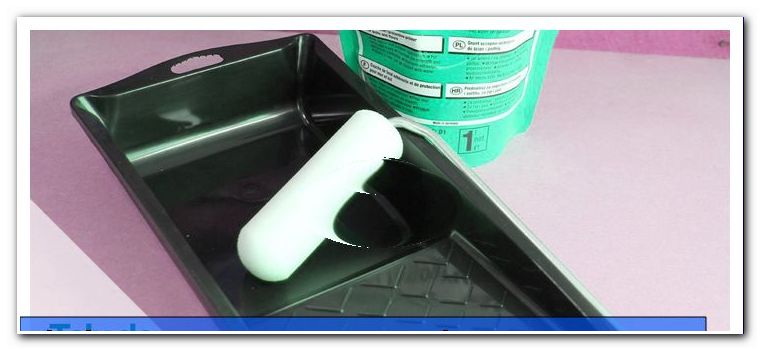 If the tiled surface is completely dry, the protective agent is simply applied with a foam roller. Impregnations are wiped with a lint-free cloth after a short exposure time. Sealers are applied and allowed to dry through. They self-level and form a closed, dense surface.
If the tiled surface is completely dry, the protective agent is simply applied with a foam roller. Impregnations are wiped with a lint-free cloth after a short exposure time. Sealers are applied and allowed to dry through. They self-level and form a closed, dense surface.
When the soil is beyond salvation
If a tiled surface is so heavily used that it can no longer be rescued by polishing, impregnation, cleaning or sealing, there is no need to straighten and tiling it again. In this case, retailers offer very interesting colored and structured coatings that can save any surface. These coatings not only refresh an old tiled surface visually. They also form a very durable seal, which can also be renewed several times. This measure is particularly suitable for tile coverings, which are technically perfect, but visually outdated. The application is very simple. The instructions for use differ slightly, depending on which manufacturer chooses the tile coating. Basically, it is in any case only a simple coat of lambskin roll. Together with a freshening up of the joints you get a completely renovated and refreshed bathroom, without even cutting off a single tile.
Alternative: stone carpet
In addition to the coating by a colored seal, there are other ways to renovate a tile floor. Very interesting are stone carpets, for example, which are trowelled directly onto a tiled surface. The old surface forms an optimal underground. Stone carpets consist of a fine-grained gravel and an epoxy resin. Together they form a non-slip, jointless covering that is very resistant. Stone carpets are available in many different colors and cost between 40 and 70 euros per square meter. The stone carpet is very suitable for outdoor use, such as balconies and terraces. Its processing is very simple: it is mixed with a stirrer and applied with trowel and trowel. If necessary, the floor must first be primed to improve the adhesion, but otherwise the processing of stone carpet does not make any great demands on the user
For the interior trade offers cast coatings. These are made of colored epoxy resin, which can be enriched with various additives. Very often, colored chips are distributed in the still moist epoxy resin, resulting in an interesting texture. The slip resistance is set by the choice and the amount of surcharges. After a cast coating but the soil must have several days to cure and drying. The odor nuisance is considerable. Adequate ventilation is therefore indicated.
Tips for quick readers
- Thoroughly clean before sealing with special cleaner
- only seal absolutely dry ground!
- Do not seal smooth floor tiles
- colored coatings replaced new tiling
- Stone carpets can restore heavily damaged terraces and balconies
- Anti-slip agents rough the floor


